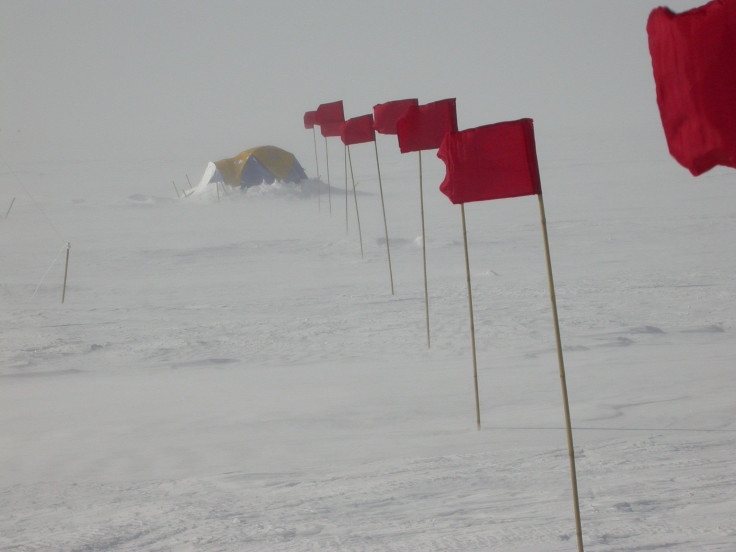Earth’s Coldest Place Can Witness Much Lower Temperatures Than Previously Thought

Five years ago, a group of scientists conducted a sophisticated temperature mapping study to find that the snowy East Antarctic Plateau, which encompasses the South Pole, is the coldest place on Earth.
The researchers found that the temperatures in this part of the world can go as low as 93 degrees Celsius below zero (minus 135 degrees Fahrenheit). The figure formed the basis for several scientific researches, but if the latest work is anything to go by, it wasn’t the most accurate estimate to describe just how cold it can get on our planet’s surface.
According to an international team of researchers who used 12 years’ worth of data from several Earth-observing satellites and weather stations to reassess the same region, the temperatures prevailing in tiny valleys of Antarctic ice sheets can drop close to a whopping minus 98 degrees Celsius (or minus 148 degrees Fahrenheit), which is five degrees lower than originally thought.
These dips in surface temperatures, as the researchers described, mainly occurred in six to nine feet deep hollows located on the southern side of high ridges on the plateau. The nights of June, July, and August or the time when it is winter season in the southern hemisphere were the coldest ones, according to the researchers.
"I've never been in conditions that cold, and I hope I never am," Doyle Rice, one of the members of the team, told USA Today. "I am told that every breath is painful, and you have to be extremely careful not to freeze part of your throat or lungs when inhaling."
The finding came as a major surprise for the team because many of these surface valleys witnessed the same ultra-low temperature despite being hundreds of kilometers apart. This helped the team revise the equation of conditions that take the temperature to record lows.
Until now, the group thought that clear skies and light winds are necessary for such temperatures, but now, they believe that air should also be extremely dry. If there is water vapor, it will trap heat in the air.
This is exactly what made up the conditions that the researchers observed. Cold and extremely dry air displaced less dense warmer air and sank into the valleys in question. And, as the air got trapped in the pockets, the temperature of the surface and the air kept getting colder until the conditions changed and warm air from the atmosphere came into action.
“In this area, we see periods of incredibly dry air, and this allows the heat from the surface of the snow to radiate into space more easily,” Ted Scambos, the lead author of the study, said in a statement. The researcher noted that it is possible for the temperatures to fall below these levels, but that is highly unlikely because temperatures can dip further beyond minus 98 degrees only when the conditions last at least for several weeks.
“There’s a limit to how long the conditions persist to allow it to cool to these ultra-low temperatures, and a limit to how much heat you can actually get through the atmosphere,” he concluded.
The study titled “Ultra‐low surface temperatures in East Antarctica from satellite thermal infrared mapping: the coldest places on Earth” was published June 25 in the journal Geophysical Research Letters.
© Copyright IBTimes 2025. All rights reserved.





















